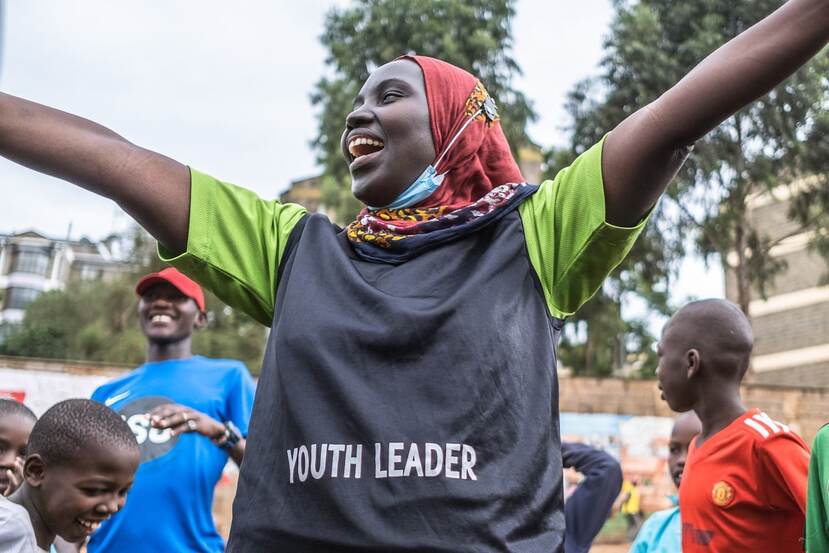World Bank says Sub-Saharan Africa youths stuck despite economic growth
Post By Diaspoint | October 14, 2024

Challenges like conflict, climate change, and soaring debt service costs are undermining progress.
- Inflation is forecast to ease from 7.1 per cent in 2023 to 4.8 per cent in 2024, helped by tighter monetary and fiscal policies, more stable currencies, and fewer supply chain disruptions.
- However, this recovery is not enough to lift millions out of poverty.
Despite signs of a fragile economic recovery, Sub-Saharan Africa remains stuck in “low gear” with a large youth population at risk of being left behind.
According to the latest edition of Africa Pulse by the World Bank released today, two factors are critical to jumpstart inclusive growth: stabilizing economies and transforming education to equip the region’s growing workforce with stronger foundational skills and market-relevant expertise.
The report, which is in its 30th edition and on the theme of Transforming Education for Inclusive Growth, says economic activity in the region is projected to grow by three per cent in 2024 from a low of 2.4 per cent in 2023, driven primarily by growth in private consumption and investment.
Inflation is forecast to ease from 7.1 per cent in 2023 to 4.8 per cent in 2024, helped by tighter monetary and fiscal policies, more stable currencies, and fewer supply chain disruptions.
However, this recovery is not enough to lift millions out of poverty.
Growth per capita remains sluggish – just 0.5% in 2024, compared to an average of 2.4 per cent between 2000 and 2014.
Read More from original source
